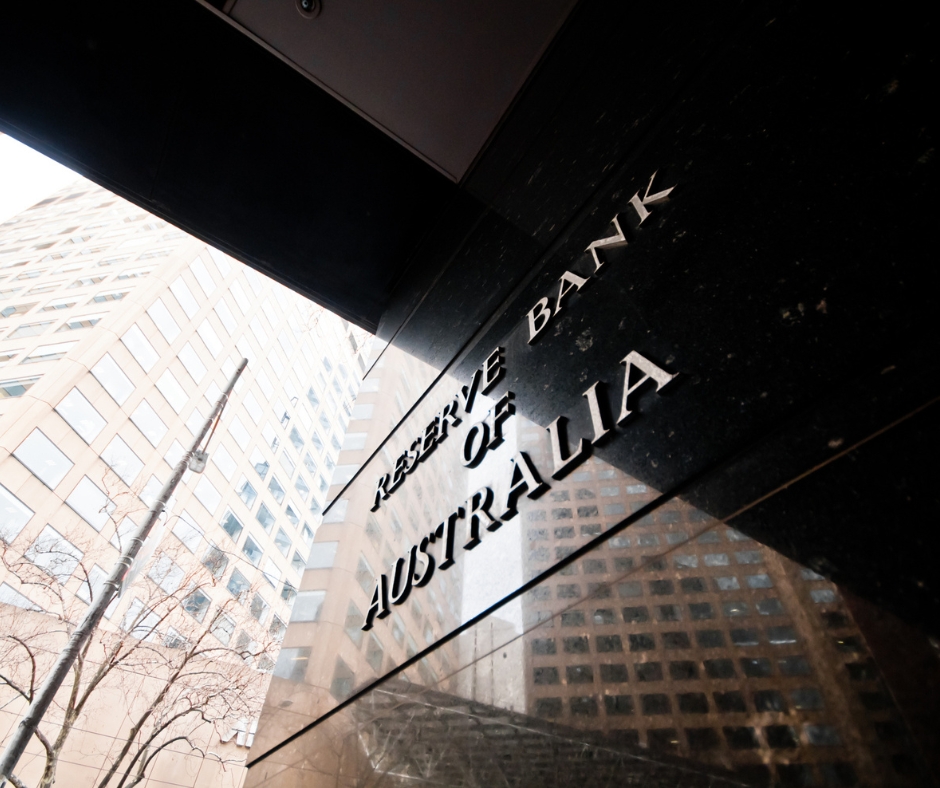The uncertainties discussed by the RBA Board at its February around interest rates and inflation may present reason to expedite new asset purchases with finance. These uncertainties were detailed in the Minutes of the 7 February meeting which were posted to the Reserve Bank website on 21 February. While most will obtain information on RBA decisions through media reports, it can often be worthwhile referring directly to the source documents to gain a better perspective and greater insights.
Meeting minutes contain a lot more detail and cover a wider range of topics than are included in the statement issued by the Board to announce its monthly interest rates decisions. This additional information may be beneficial to business owners and operators in acquiring a more broad-based view of the outlook for their sector or the Australian economy in general.
Most importantly, the minutes may offer a greater understanding of the RBA’s thinking and reasoning around interest rates. Rates are key to many asset acquisition and general business decisions that require finance. As such, more is best when it comes to information on interest rates.
Summary – Meeting Minutes
We have extracted a number of major points that were discussed at the 7 February which are seen as most relevant to our customers:-
- Inflation globally remains high but looks like it may have peaked.
- Policy shifts and early reopening in China – expectations of higher production of steel; lifted iron ore and coking coal prices.
- Growth for Australia’s major trading partners – expected to be below average for next 2 years. Some risks eased, eg China’s changed approach to COVID containment.
- Uncertainties discussed re the global outlook with realistic scenarios present for weaker and for stronger inflation and growth than anticipated.
- Domestic economy – the easing in global inflation has not translated to the Australian economy as yet. Inflation had been expected to ease in coming months. Some areas still seeing strong demand pushing up prices.
- Latest inflation figures point to more ‘near-term underlying’ inflationary pressures than earlier thought.
- Due to end of post-pandemic recovery and pressure on finances, growth in consumption expected to slow in next quarters. High inflation and high interest rates limiting disposable income. Falls in net wealth due to housing market prices impacted spending.
- Large project pipeline providing positive outlook for business investment. Easing in materials shortages and supply chains but cost increases and labour issues, especially in construction sector, persisting. Slowing in dwelling investment and softening in demand by investors for dwellings with high density despite high rental demand.
- Inflation and domestic growth outlook uncertain with realistic possibilities for weaker and stronger results. Good terms of trade could boost activity beyond expectations while contractions and disinflation could result in different outcomes.
- Forecast for a drop in inflation subject to uncertainty. Global falls not evident here as yet. But wage and price setting by firms could impact demand and inflation.
- Inflation – confirmation that December was the peak won’t be known for several months. The pace and by how much inflation will decline in line with forecasts over the next few years is uncertain. Expectations for the medium-term rate remain well-anchored.
- Economic growth slowed recently and further slowing expected.
- Consideration of all issues, it was agreed that a further interest rates rise was needed.
- Options for rate rise considered – 0.25% and 0.5%. The stronger case was considered for the 0.25% decision. Arguments for both were strong. Less need for the larger rise as rates had already been increased significantly.
- Uncertainty around outlook but RBA Board meeting monthly provided opportunities to make an assessment of how the uncertainties were tracking and make policy adjustments accordingly.
- Further increases in interest rates would be needed in the months ahead to bring inflation closer to target.
One of the major differences in the February rate rise discussions compared with at the December meeting, was the absence of consideration for holding rates unchanged. The outlook for many economic indicators has uncertainties attached. The rate of inflation is critical to interest rates. The way that consumers react to higher rates will be key to how fast inflation falls and as such when rate increases may be paused.
Relevance for Finance
The relevance for finance of RBA outlooks and ultimate decisions is of course in the interest rates. In the business finance sector, there can be greater variations in rates as lenders make their own decisions when setting rates. By engaging with us to secure finance, operators have access to
more lenders and more options in obtaining the
cheapest rates available.
There are very strong indications from the Board that we will see more rate rises ahead. Analysts at some of the major banks have predicted 2-3 more rises with the cash rate to peak at 4.1%. This is of course their own analysis and not a definite outcome.
For operators considering asset acquisitions with finance, the key take-out is to move promptly ahead of further rate increases. The next rate decision is due on 7 March.
For cheaper interest rates on asset acquisition finance, contact Business Finance Australia on 1300 000 033
DISCLAIMER: THE SPECIFIC PURPOSE IN PROVIDING THIS ARTICLE IS FOR GENERAL INFORMATION ONLY. IT IS NOT INTENDED AS THE SOLE SOURCE OF FINANCIAL INFORMATION ON WHICH TO MAKE BUSINESS FINANCE DECISIONS. BUSINESS OWNERS WHO REQUIRE ADVICE OR GUIDANCE AROUND THEIR SPECIFIC FINANCIAL CIRCUMSTANCES ARE RECOMMENDED TO CONSULT WITH AN ADVISOR OR ACCOUNTANT. NO LIABILITY IS ACCEPTED IN REGARD TO ANY MISREPRESENTATIONS OR ANY ERRORS RE ANY DATA, SPECIFICS, POLICIES AND OTHER INFORMATION AS SOURCED FROM OTHERS.











